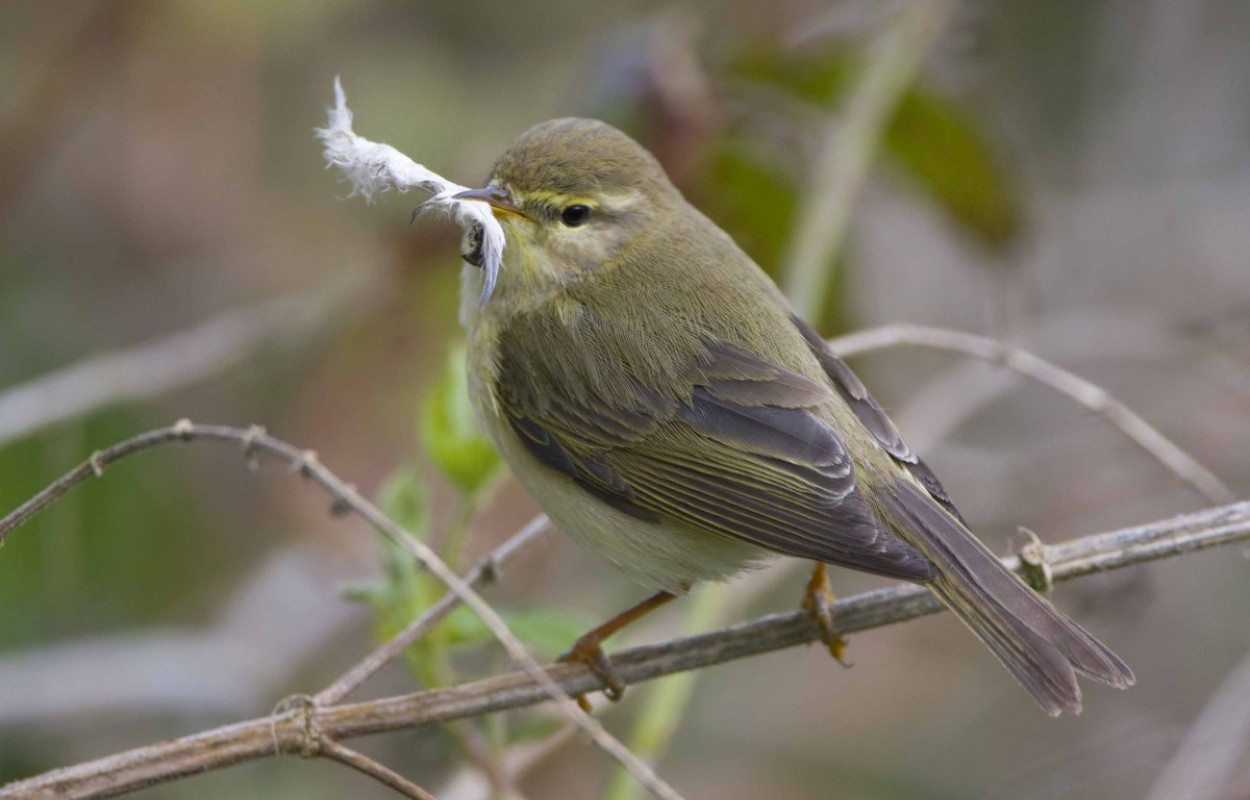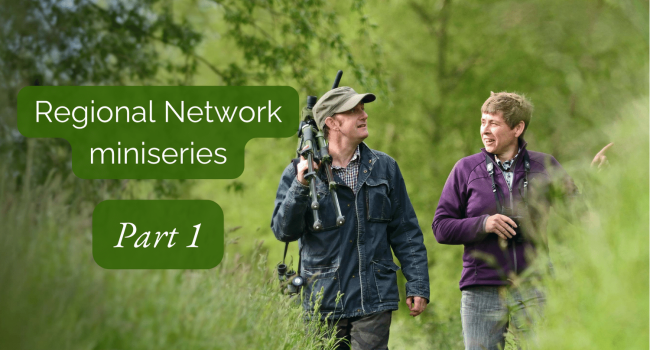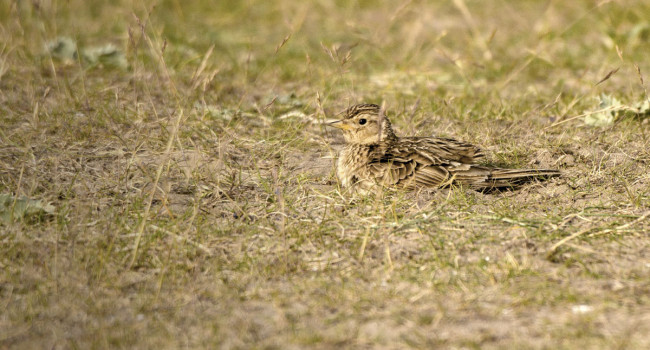Demographic drivers of decline and recovery in an Afro-Palaearctic migratory bird population

Author(s): Morrison, C.A., Robinson, R.A., Butler, S.J., Clark, J.A. & Gill, J.A.
Published: November 2016
Journal: Proceedings of the Royal Society B Volume: 283 ( part 1842 )
Digital Identifier No. (DOI): 10.1098/rspb.2016.1387
Among the species faring better in the north is the Willow Warbler. This tiny inter-continental traveller used to be one of our commonest species, but it is now very scarce indeed in some places in the south-east of England. This work combined data from several BTO schemes to better understand the demographic causes of these patterns. By constructing an integrated population model (IPM) for each region, the authors untangled the different effects that productivity (from nest record visits) and survival (from CES captures) have on the number of breeding birds (from the BBS counts). This work shows that while changes in the number of breeding birds are primarily affected by the survival between years, the difference in the overall population trend between the two regions arises as a consequence of differences in productivity.
Between 1994 and 2012, annual survival and productivity rates ranged over similar levels in the two regions, but years of good productivity (i.e. lots of chicks fledged) were rarer in the south, where the population is declining. In particular, years of good productivity never coincided with years when the survival rate was also high. In contrast, population growth in the north was fuelled by several years in which good productivity coincided with high survival rates.
To assess the importance of this difference we modelled what the population changes might have been in the south using a realistic range of productivity values (including those achieved by birds in northern Britain). This showed that, with productivity similar to their northern cousins, populations in the south would have recovered.
Consequently, actions to improve productivity on breeding grounds, for example improving the size and quality of available habitat, especially in areas (such as southern Britain), where there are currently population declines, are likely to be a more fruitful and achievable means of reversing migrant declines than actions to improve survival on the breeding, passage or African wintering grounds.







Share this page